Porridge: Junk Food Under UK Ad Rules?

Table of Contents
Porridge: Junk Food Under UK Ad Rules? A Shocking Revelation?
The UK's advertising standards are notoriously strict, aiming to protect consumers, particularly children, from misleading or unhealthy food promotions. Recently, the classification of certain foods under these rules has sparked debate, with one surprising contender emerging: porridge. Yes, that seemingly wholesome breakfast staple could fall under the banner of "junk food" according to the UK's advertising regulations. Let's delve into the complexities of this unexpected classification.
Understanding the UK's Advertising Rules for Food
The UK's advertising regulator, the Advertising Standards Authority (ASA), has strict guidelines regarding the advertising of food and beverages, especially those high in fat, sugar, and salt (HFSS). These rules aim to:
- Reduce childhood obesity: A major focus is on limiting exposure to advertisements for HFSS products targeting children.
- Promote healthier choices: Encouraging advertising of healthier alternatives and discouraging misleading claims about nutritional value.
- Maintain transparency: Ensuring accurate representation of food products in advertising.
These rules dictate where and when HFSS food ads can appear, often restricting them during children's programming or in media with a high child audience. The criteria for classifying a food as HFSS are based on nutritional profiling, a system that assigns points based on the levels of fat, sugar, and salt per 100g or 100ml. Foods exceeding specific thresholds are classified as HFSS.
Porridge: A Nutritional Grey Area?
The seemingly innocuous bowl of porridge might surprise many by potentially falling under these HFSS restrictions. While oats themselves are a nutritional powerhouse, rich in fiber and complex carbohydrates, certain commercially produced porridge varieties can contain high levels of added sugar, salt, and fat. These additions, often in the form of flavourings, sweeteners, and added fats, significantly alter the nutritional profile, pushing some products beyond the HFSS threshold.
Key Factors Influencing Porridge's HFSS Classification:
- Added sugar: Many instant porridge sachets and ready-to-eat options contain significant amounts of added sugar to enhance taste.
- Flavourings and toppings: The addition of chocolate chips, dried fruits (high in natural sugars), nuts (high in fat), and sweetened syrups can drastically increase the HFSS score.
- Salt content: While generally lower than sugar and fat, some brands might add salt to enhance flavour.
This means that not all porridge is created equal. Plain, unsweetened oatmeal generally avoids the HFSS classification, whereas many commercially produced, ready-to-eat varieties might not.
The Implications for Marketing and Consumers
The potential classification of certain porridge varieties as HFSS has significant implications for both manufacturers and consumers:
- Marketing restrictions: Manufacturers of HFSS porridge would face stricter limitations on where and when they can advertise their products.
- Consumer confusion: The inconsistencies in nutritional profiles across different porridge brands can lead to consumer confusion about what constitutes a healthy breakfast option.
- Need for clearer labelling: Consumers need clear and easily understandable nutritional information to make informed choices.
Choosing a Healthier Porridge: A Consumer's Guide
To avoid inadvertently consuming HFSS porridge, consumers should:
- Check nutrition labels carefully: Pay close attention to the levels of sugar, fat, and salt per serving.
- Opt for plain oats: Plain rolled oats or steel-cut oats provide the most nutritional benefits with minimal added ingredients.
- Control added ingredients: Add your own healthy toppings like fresh fruit, nuts (in moderation), and a small amount of honey or maple syrup instead of relying on pre-sweetened options.
Conclusion: A Call for Transparency and Informed Choices
The possibility of porridge being classified as junk food under UK advertising rules highlights the importance of understanding food labels and making informed choices. While plain oats are undoubtedly a healthy breakfast option, the high sugar and fat content in some commercially produced varieties necessitates greater transparency from manufacturers and more critical awareness from consumers. This debate emphasizes the need for stricter regulations, clearer labelling, and ongoing education to empower consumers to make healthier food choices. The future of porridge advertising, and indeed the advertising landscape for many seemingly healthy foods, hinges on this increased transparency and consumer empowerment.

Thank you for visiting our website wich cover about Porridge: Junk Food Under UK Ad Rules?. We hope the information provided has been useful to you. Feel free to contact us if you have any questions or need further assistance. See you next time and dont miss to bookmark.
Featured Posts
-
Living Room Led Lights
Dec 05, 2024
-
League One Managerial Change
Dec 05, 2024
-
Gas Heaters For Fireplace
Dec 05, 2024
-
German Chopper Russian Fire
Dec 05, 2024
-
Roller Blind For Patio Doors
Dec 05, 2024